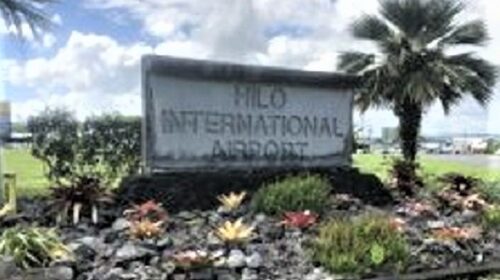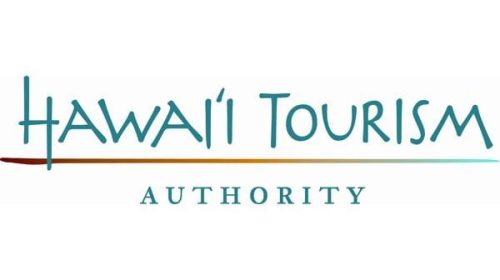Hawaii Health Dept. Asks for Public Input on Soil Remediation
The Hawai‘i Department of Health is encouraging the public to provide their feedback on a proposed remediation plan to address the lead found in soil near Kolekole Stream Bridge and within Kolekole Beach Park in Honomu on Hawai‘i Island.
Kolekole Beach Park has not been open to the public for the past four years. The Hawai‘i County Department of Parks and Recreation closed public access to the Kolekole Beach Park on April 18, 2017 because levels of lead in the soil showed the need for additional evaluation and analysis.
The remediation plan is the Hawai‘i Department of Transportation’s “lead-impacted soil response action” and the health department is overseeing its implementation and gathering public comments. This plan may be viewed at 300 Waianuenue Avenue in Hilo or here. Written comments may be e-mailed to Thomas Gilmore, the health department’s remedial project manager, at [email protected] by Nov. 30, 2021. Written comments may also be mailed to Thomas Gilmore at Hawai‘i Department of Health, Hazard Evaluation and Emergency Office, 2385 Waimano Home Road #100, Pearl City, Hawaii 96782 and postmarked by Nov. 30, 2021.
Kolekole Stream Bridge was originally part of a railroad in the early 1900s. It was rebuilt in 1950 for use by vehicles, and over time, lead paint on the bridge dispersed into the soil below, causing the contamination. The lead paint on the bridge was removed in 2001.
Soil containing lead could potentially pose a health risk to young children who play in the park. Lead can be harmful to children who accidentally eat small amounts of lead-impacted soil or lead-containing paint chips. Lead is more harmful to children than adults because it can accumulate in the body and is particularly harmful to their developing brains and neurologic systems.
A number of interim measures have been taken to reduce potential lead exposure to the public, including maintaining a healthy grass cover and applying mulch on all bare soil spots throughout the park, installing and maintaining fencing around the area with the highest lead levels within the top six inches of soil and restricting activities that would expose bare soil.
The remediation plan proposed six solutions to permanently address the issue. The Hawaii Department of Transportation selected disposal, isolation and containment as the preferred long-term solution. This option will reduce risk of exposure for the public, remove the source of contamination, eliminate the need for an environmental hazard management plan for these areas, and remove the possibility of lead-impacted soil or sediment from becoming exposed during future flooding or erosion.
This option is cost-effective since it will permanently reduce the volume of contamination on-site and not require any further monitoring or maintenance. After the cleanup has taken place, the park can be opened for use for the public.




